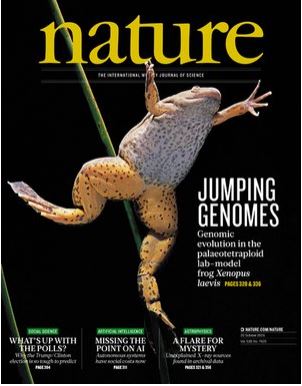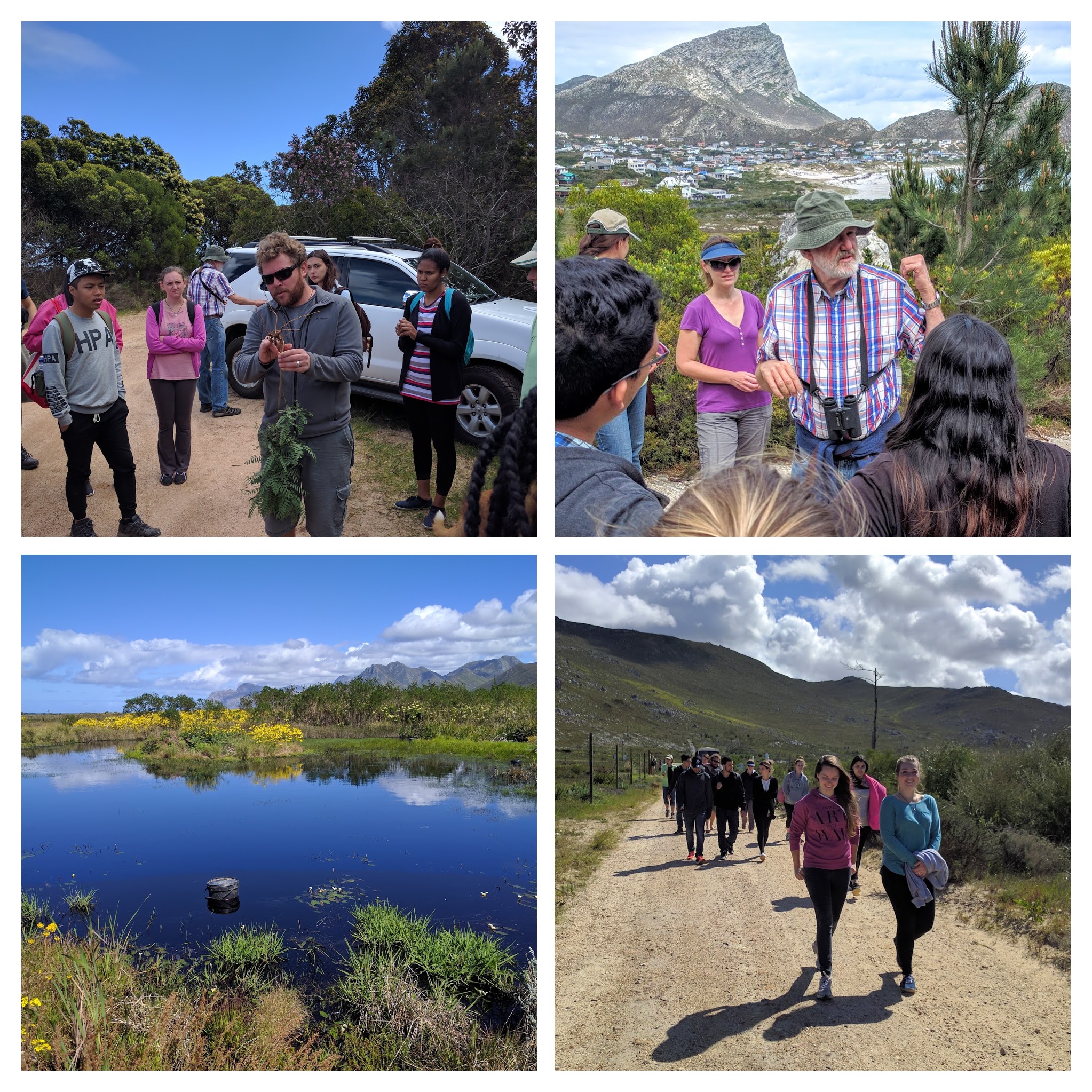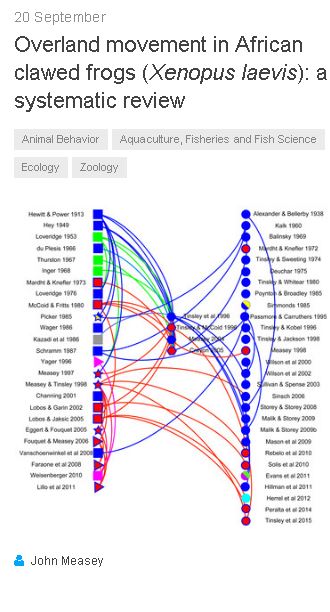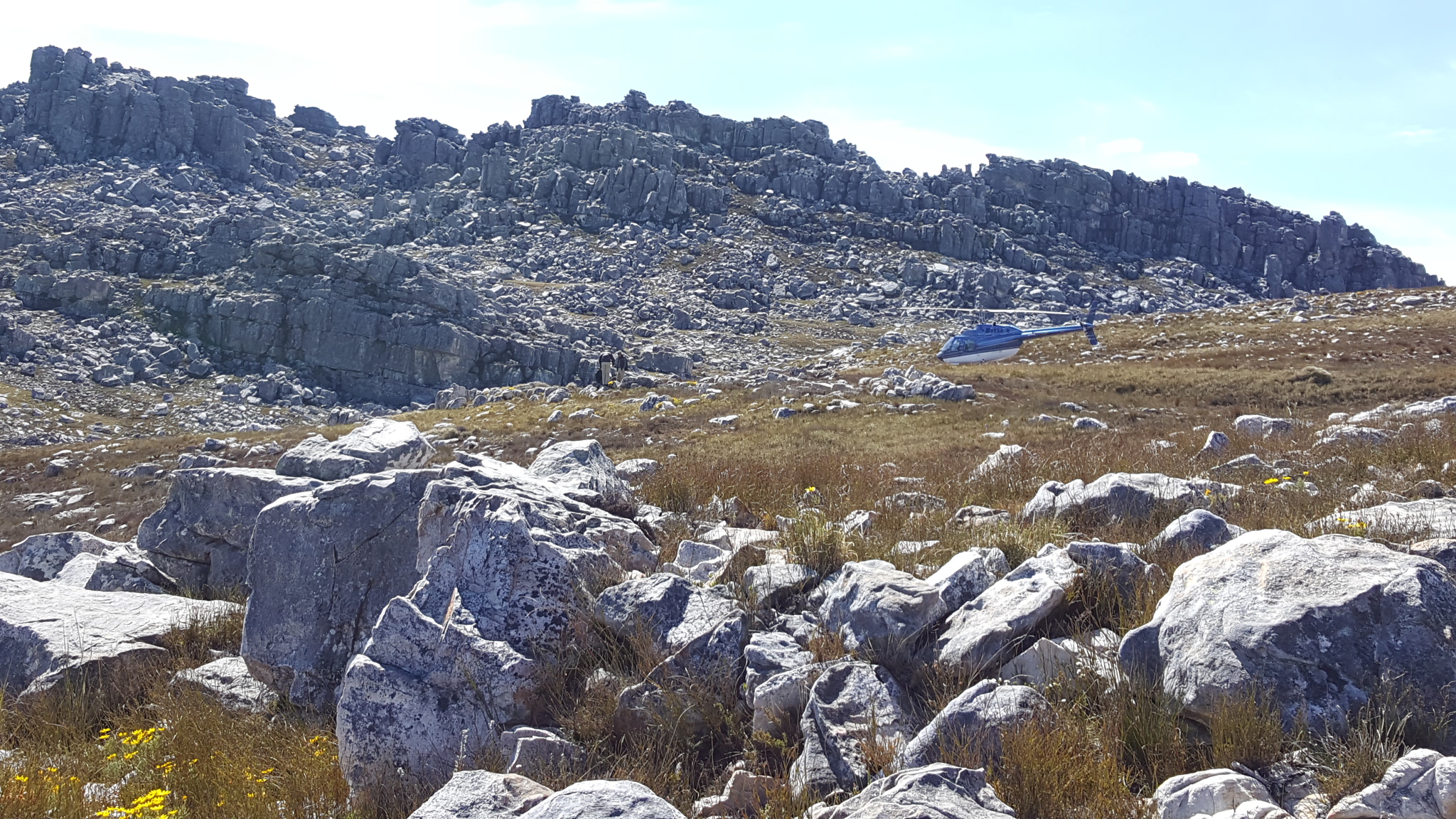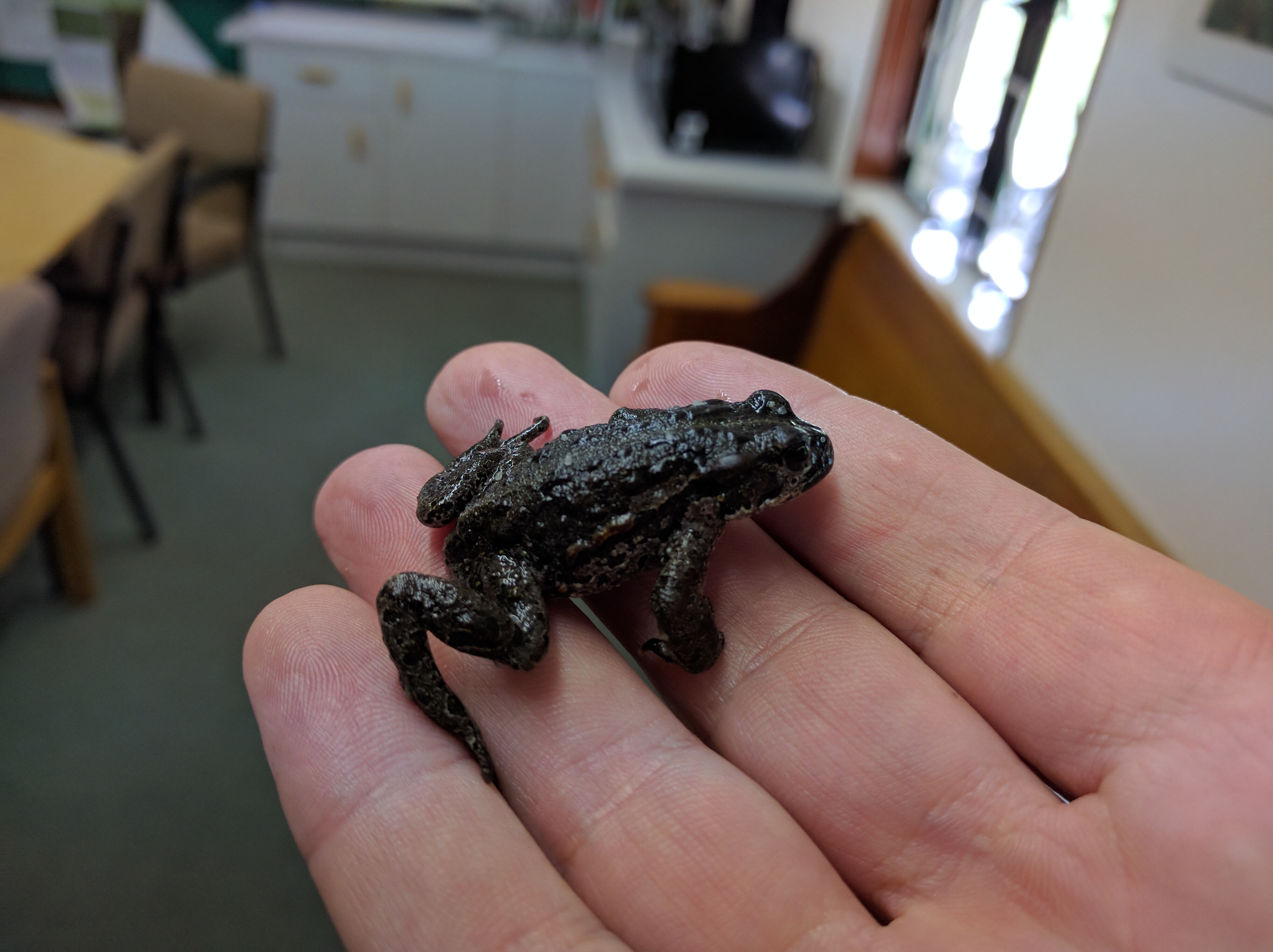Monitoring the Cape Clawed frog with the Organisation for Tropical Studies
The Organisation for Tropical Studies (OTS) are back in the Cape region and this is our chance to do a Faculty Field Project (FFP) on movement of Xenopus gilli in the Cape of Good Hope. They were with us back in February.
The weather was great and we managed to catch and mark lots of new frogs.

